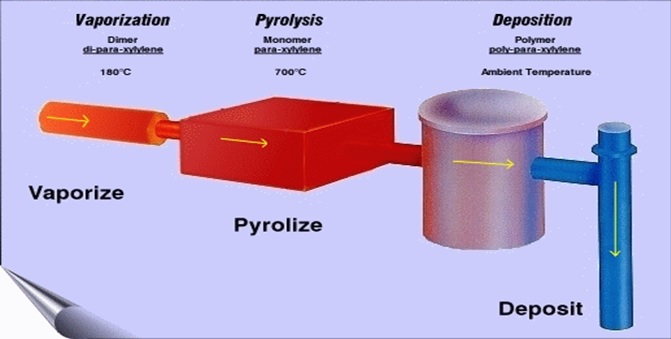Ut tellus dolor, dapibus eget, elementum ifend cursus eleifend, elit. Aenea ifen dn tor wisi Aliquam er at volutpat. Dui ac tui end cursus eleifendrpis.
Recent Articles
Phone No:
(+60 75103185)
No 35 Jalan SILC 2/15., Kawasan Perindustrain SILC Nusajaya, 79200 Iskandar Puteri , Johor
Email Address: sales@dawntechsb.com




